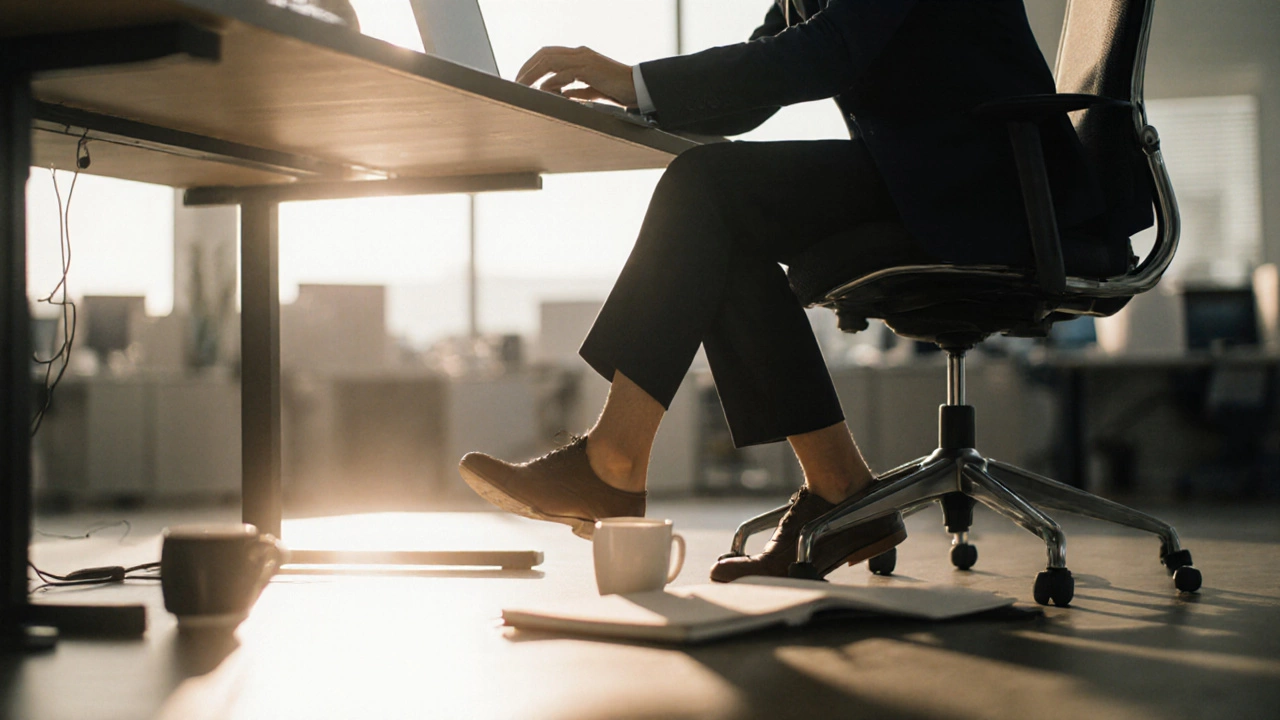Active Office Chair
When choosing an active office chair, a seat that encourages movement while you work, blending ergonomics with dynamic sitting. Also known as dynamic office chair, it helps reduce fatigue and improve focus. Ergonomic seating, designs that support natural posture and minimize strain is the foundation behind any good active chair, and it directly influences how long the furniture lasts. Standing desk, a height‑adjustable workstation that lets you alternate between sitting and standing often pairs with an active chair to create a flexible work environment. Active sitting, the practice of staying in motion while seated, using swivels, wobble mechanisms, or balance features further enhances circulation and reduces the risk of back pain. In short, an active office chair encompasses ergonomic seating solutions, requires adjustable mechanisms, and encourages active sitting, all of which together boost comfort and productivity. Below we’ll walk through why the right chair matters, how durability plays into cost, and what features to look for if you want a seat that moves with you.
Key Features, Lifespan & Common Alternatives
The lifespan of an active office chair hinges on three main attributes: frame material, adjustment system, and upholstery quality. A steel or aluminum frame paired with a high‑grade gas lift can survive five to ten years of daily use, while cheaper plastic bases may start creaking after just a couple of years. Cushion density matters too – high‑resilience foam retains shape longer than low‑grade polyfill, especially when the chair includes breathable mesh that keeps heat from breaking down fibers. Maintenance is simple: tighten bolts quarterly, wipe the mesh with a mild cleaner, and rotate cushions if they’re removable. When the warranty period ends, look for replaceable parts; many brands sell upgrade kits for armrests or seats, extending the chair’s usable life. If you’re not ready for a full active chair, consider alternatives like a kneeling chair, yoga ball, or a traditional ergonomic office chair with a tilt‑tilt mechanism – all listed in our “Best Alternatives to an Office Chair” post. Each option offers a different balance of movement and support, so match the choice to your workspace size, budget, and how much motion you want during the day.
Beyond durability, the real value of an active office chair lies in its impact on health and work flow. Studies from UK ergonomics labs show that workers who use dynamic seating report 30% fewer instances of lower‑back discomfort after six weeks, and they tend to take micro‑breaks more often, which improves concentration. The chair’s adjustability – lumbar support height, seat depth, armrest width – lets you fine‑tune posture, a factor that directly influences long‑term spinal health. For remote workers, the ability to swivel or rock without leaving the desk saves time and reduces the temptation to stay hunched over a laptop. When you combine an active chair with a standing desk, you unlock a truly flexible workstation that lets you switch between sitting, standing, and dynamic seated positions throughout the day. The articles below dive deeper into each of these topics, from lifespan benchmarks to alternative seating ideas, giving you a toolbox of practical tips to pick, maintain, and get the most out of an active office chair.
ADHD Walk Explained - Active Office Chair Guide
Discover what the ADHD walk is, why it matters at work, and how an active office chair can turn restlessness into focus. Learn setup tips, common pitfalls, and real‑world examples.
More
